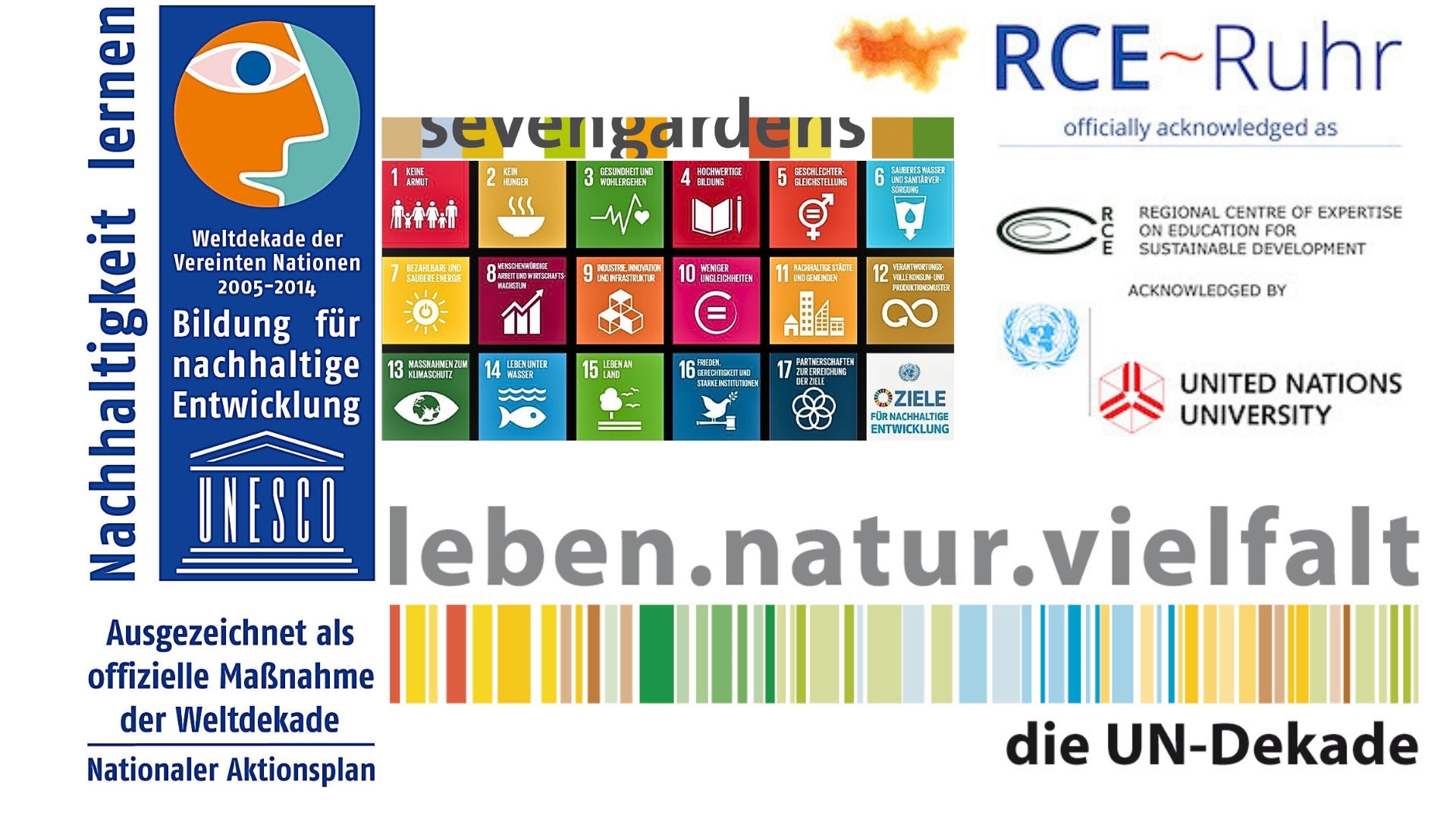#Beeniusprototyping: Designing honeycomb tables

Beenius can generate countless ideas. It's a great tool for creating prototypes. For example, hexagonal tables that could really boost the global education landscape. We once designed such a honeycomb table with Beenius.
Design is a truly important thing. Depending on how much you predefine and design a space, the options for action change dramatically. Children actually need a lot of space in schools. Movement helps with learning, but many schools around the world still look the same as they did 200 years ago. Many desks are arranged in rows, all facing forward toward the supposedly all-knowing teacher.
What if the tables were hexagonal instead, like a honeycomb?
6 reasons why hexagonal tables are a hit:
- Promote communication : Hexagonal tables allow all participants to see each other directly, facilitating interaction and the exchange of ideas.
- Flexibility : They can be easily combined into larger units, allowing for different group work areas or uses.
- Efficient use of space : Hexagonal tables make better use of the available space than rectangular tables because they can be joined together to save space.
- Ergonomic design : They provide enough space for each participant to work comfortably and distribute materials, increasing productivity.
- Creative support : The unconventional format stimulates creative thinking and encourages participants to break out of their usual perspectives.
- Equal participation : Avoids hierarchical structures by distributing all seats equally, leading to harmonious and effective group work.

What should the honeycomb table be able to do?
Our envisioned table should have a completely rewritable surface. Therefore, we'll be using Infinity Stonepaper, naturally cut to size, for the table surface. It should be foldable so that the smaller honeycomb on the bottom fits into the larger honeycomb on the top, allowing it to be placed flat against the edge. This would allow the tables to be quickly adjusted and create space. Ideally, it would be made of upcycled material and affordable. The side length of the table should be about 45 cm. It should be height-adjustable so that the optimal height for children can be set. This could also be used as a standing table, for example, with telescopic poles or a folding mechanism similar to a parasol.

Implementation with upcycled “precious plastic”?
How could this model be implemented in reality? One possibility is the use of recycled plastic. Precious Plastic is one of the coolest community initiatives we know of. They transform collected plastic into great products. This way, the plastic is reclaimed and doesn't end up in the environment, while simultaneously creating completely new product innovations.
How great would it be if trash were picked up from the street, melted into the necessary shapes, and then brought to schools as honeycomb tables? Win-win-win!
Idealistic? Absolutely.
Doable? Oh well!







